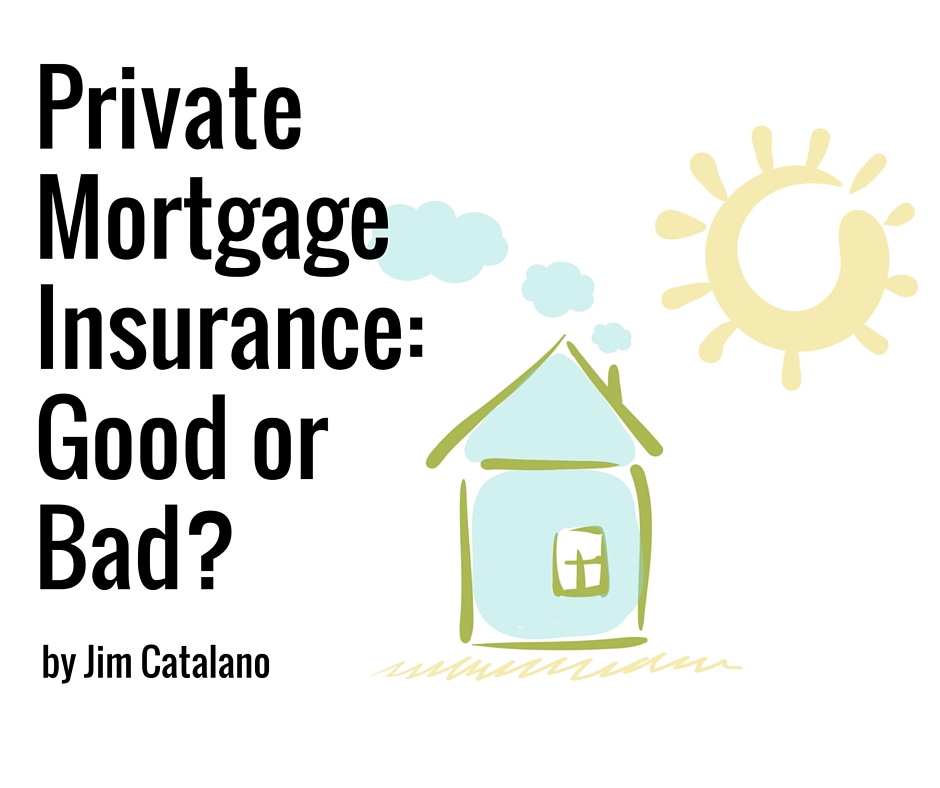What is PMI?
Private mortgage insurance, often referred in mortgage lingo as PMI, is required when a conventional mortgage loan is used to purchase or refinance a house where the borrower makes a down payment of less than 20 percent or has less than 20 percent equity in the home based on the appraised value.
Fannie Mae and Freddie Mac are the backers of conventional loans which insure most major mortgage lenders against a default on the loan. In essence, PMI is insurance for the lender but paid by the borrower. Should the borrower ever default on the mortgage loan the insurance policy gets redeemed and the lender gets reimbursed for its losses.
What is good about PMI?
Without PMI most mortgage lenders would not be able to make available the new low and no-downpayment mortgage loans that are available for today’s home buyers.
Also, many loans would require further scrutiny by lenders which would effect purchase approval rates, which in turn would make it much harder to get loan approval.
And last but not least, interest rates would be much higher to offset the risk the lender is taking on the mortgage loan in the event of a default with no insurance to cover the risk.
How does Private Mortgage Insurance work?
Private Mortgage Insurance is calculated based on the down payment and credit risk of the borrowers. The less cash a borrower puts towards the down payment on the conventional loan means a higher required mortgage insurance policy.
The only exception to this rule is the HomeReady™ home loan which allows for just a 3 percent down payment. HomeReady™, which has only been available since late 2015, offers discounted private mortgage insurance rates to match its discounted mortgage rates.
How do you pay for Private Mortgage Insurance?
There are three options for how you can pay private mortgage insurance.
The first and most popular option are “monthly premiums.” This is the most common method by which a borrower pays their PMI. The annual cost of the insurance is divided into 12 monthly payments and calculated into your monthly mortgage payment.
A second option is “lender-paid mortgage insurance” which does not require a monthly payment whatsoever, but which affects your mortgage rate to offset the lender’s additional risk and cost.
The third option is known as “single premium.” This option allows you to make a lump-sum payment at the time of closing on your house which covers your PMI policy for as long as your mortgage is active.
From my experience, monthly premiums are likely the best fit. Payments are monthly, then cancel out as payments on your mortgage reduce your loan amount and increase your home’s loan-to-value.
How is PMI canceled?
As you can see, Private Mortgage Insurance serves a purpose. It helps a home buyer purchase a home with less than 20 percent down payment.
Though PMI adds to your monthly mortgage payment, it is affordable and prevents a buyer from having to come up with a substantial down payment.
As a homeowner, once you can show that your home’s equity position has reached 20 percent you can request your lender to have your PMI removed. In many cases, this can be canceled immediately.
There are two ways your home equity can reach the required percentage for PMI cancellation.
- Your loan balance is paid down to 78 percent of the home’s original purchase price. This is achieved when you make regular payments to the lender.
- Request a home appraisal from your lender which validates that there is 20 percent equity in the home.
Lenders are required by law to cancel private mortgage insurance once either of the above options is proved. However, homeowners can be proactive too.
Home values across Texas are rising, and many homeowners have seen their home values increase based on market conditions. A new loan, which would require a new appraisal, may show the equity needed to remove the PMI. If you would like to see if this is the case with your situation, please contact me direct at 214-770-1499 or complete my complimentary mortgage plan below. Once you complete the form, my team will begin assessing the best strategy to help you achieve your financing goals.

